|
With the constant pressure to work harder and longer hours, we are increasingly on the brink of burnout. This webinar thereby invites us to discover the proven benefits of mindfulness -- a universal, secular muscle that promotes self-care.
Whether you’ve tried mindfulness and like it, have never tried it, or have tried it but didn’t stick with it, this module will leverage your unique interests to enter the eye of the storm and live more fully. Earn a 20%-Off Hoya Discount for attendees who want to bring our mindfulness modules to their organizations at info@personalizedmindfulness.com. Our goal for presenting at Open Society was to transform its wellness week into a daily practice for its hundreds of employees. We offered practical modules on stress-reduction, personalized practice creation, and communication. What an honor to share our resources and learn from the wealth of experiences that each attendee offered. For a free consultation, contact: info@personalizedmindfulness.com or (800) 285-5220Looking for easy (and fun!) ways to reduce burnout and boost happiness? Start a personalized mindfulness practice today. It only takes a few minutes and the benefits last a lifetime. We are honored to have our methodology published in ASCD! See below: Mindfulness involves easing into the present moment and choosing to respond to whatever arises with as much compassion as possible. Mindfulness is a process—and it takes practice. But it's worth it. The more tuned into the present we are, the richer our lives become.
Personalized learning both jumpstarts and revitalizes mindfulness practices for adults and children alike. Personalized mindfulness offers the freedom to choose how we want to return to the present whenever our awareness wanders off into the past or the future. We are often told to count our breaths, watch thoughts float by like clouds, or perform some variation of these exercises to become more mindful. And this works for some people. Yet kids (and easily bored adults like me) often find such one-size-fits-all imagery mismatched with our unique preferences and learning styles. As a result, we may find a thousand excuses to do something else—anything else—but mindfulness practices. Considering these hurdles, I've developed and use the following seven easy steps when conducting personalized mindfulness sessions. These steps have made mindfulness practices relevant to hundreds of administrators, teachers, parents, and students—all while harnessing their intrinsic motivation. Step 1: Allow Participants to Voice Their Stress My clients—students, educators, parents—often carry their stress around like heavy weights strapped to their minds and bodies. After all, administrators are responsible for the optimal performance of hundreds of students and teachers, while also balancing budget constraints and other logistics. Teachers must manage increasing numbers of students, a diversity of learning styles, and behavioral issues along with endless assessments and professional evaluations. For their part, parents must constantly juggle the stresses of work and home life. Students, meanwhile, must navigate their rapidly changing bodies, academic and extracurricular expectations, demanding adults, and social anxiety. Whew. Many people don't always name the stress that bogs them down. Yet, as we'll see in the steps that follow, owning stress is the first personalized mindful step toward disowning it. Step 2: Understand How Stress Relates to Mindfulness The great news is we are not our stress. We are far more than it. There is a gap between stress and our response to it. Within that gap is where personalized mindfulness comes in to play. Mindfulness helps us slow down our responses to stress by exploiting that gap. By slowing down, we are better able to take perspective and see a range of options for how we can respond to stress, rather than constantly pivoting between fight or flight. Although chronic stress can shut us down, mindfulness creates a path that opens us back up. Step 3: Appreciate the Multiple Benefits of Mindfulness The benefits of mindfulness are as diverse as those who practice it. Overall, these benefits can address many of the stresses that were voiced in the first step. Some common ones include the following:
Step 4: Take a Brief Self-Inventory Personalized mindfulness is based on a concept called "skillful means," or using our abilities and interests to redirect to the present with a nonjudgmental attitude. To gauge which skillful means might work best at guiding our personal path to mindfulness, first take a brief survey like the following:
Step 5: Look for a Main Pattern With these self-inventories, I encourage people to look for a pattern. For example, many of my self-assessment responses can be traced to sound: One of the things I do for fun is attend live music events, a genuine interest of mine is piano playing, and, to top it all off, my optimal learning style is musical in nature. These patterns provide the clues that will lead you to your own sources of mindful reflection. Step 6: Choosing Our Own Paths to Mindfulness I encourage administrators, teachers, parents, and students to uncover the unique means toward mindfulness that works best for them. Practically any life-giving sensation or activity—from mindful eating to dancing—can bring you back to the moment. Experiment with various methods. This individualized mindfulness method has instilled an intrinsic motivation to meditate—and not just during designated meditation times. I find mindfulness spilling over into all aspects of my life. When I'm stressing, the sound of a passing car might gently guide me back to the present where I can find some refuge. Step 7: Revel in Your Personalized Approach Schedule at least 20 minutes a day when you use your unique means to stay as present as possible. These 20 minutes need not be consecutive. In fact, I often focus on the sounds of a different five-minute song at four varying times throughout the day. Closing Thoughts Mindfulness is too beneficial to discount as another annoying thing on our busy to-do lists. Through these seven steps, we can harness the power of personalization to become more mindful. As a result, we just might begin to practice mindfulness not because we have to, but because we want to. Nick Mosca holds a Master's degree from Harvard University, where he studied mindfulness and won the Billings Prize for inspiring behavioral change through positive humor. He is an avid speaker and writer whose approach to mindfulness has been featured in The Atlantic and Psychology Today, as well as at WABC radio, Yale University, Squarespace, New York University, the Milken Scholars Program, mindSpark Learning, the HealthCare Chaplaincy Network, and the George Jackson Academy. For more information about boosting resilience in your school through the power of personalized mindfulness, please visit http://www.personalizedmindfulness.com/education.html What an honor to share personalized, effective stress-reduction strategies with Chegg's staff. It was truly a welcoming and engaging environment. These are practices for a lifetime. As one recipient noted, "my conception of mindfulness has totally expanded...thank you!"
“I thoroughly enjoyed your presentation! I have already shared my notes with my mom and my Kindergarten colleague! I love that you provided personalized ways to practice mindfulness. Although we currently practice mindfulness through yoga mediation in my kindergarten classroom, I am going to “kindergartenize” those personalized options to help my students learn other ways to practice mindfulness, like mindful coloring and mindful listening to music…It is an important aspect of education and growth that many people overlook."
Micaela Young Teacher, Clymer Central School We were so honored to present "Becoming the Eye of the Storm: 5 Steps to Personalized Mindfulness" and "The Power of Mindful Communication: Curating a Positive Culture" as part of the The Erie 2-Chautauqua-Cattaraugus BOCES near Lake Erie in Dunkirk, NY. What a wonderful group of school leaders who are helping to take mindfulness and SEL to new heights! For a free consultation, e-mail: info@personalizedmindfulness.com or call (800) 285-5220. We are excited to launch Mindfulness: The Ultimate Superpower. This online course teaches children of all ages a few easy, practical steps to jumpstart their own practices that are aligned with their interests. That way, they will be far more likely to practice and gain all the benefits of mindfulness, which range from stress-reduction to resilience. To purchase, click on the above link or picture.
We will be presenting on this topic at our upcoming workshop in Dunkirk, New York as part of E2CCB Boces' Educational Conference. It was an honor to present our "Intro to Personalized Mindfulness: Becoming The Eye of the Storm" workshop for Ridgewood Public Schools. Educators, counselors, and administrators had the opportunity to craft their own mindfulness practices that aligned with their intrinsic motivation. That way, they will be far more likely to practice and gain all its benefits -- from forging a positive school culture to self-care. For a free session and consultation, e-mail info@personalizedmindfulness.com and see below for other key take-aways:
Every day we encounter literally thousands of things that can guide us back to the present; if we just let them. As a stress-reduction coach for Personalized Mindfulness, I’ve found that these opportunities are what build resilience. They free us from past regrets and future anxieties by reminding us that all we really have is now. In this blog mini-series, I will spotlight some of the easiest and most effective ones.
Own the Moment #1 - Before picking up a call or responding to e-mail, take a breath. We have a tendency to dive from one task to another in a non-stop race to finish work. This can lead to burnout. Instead, take a breath before responding to your next email or call. It will give you much needed perspective and allow you the requisite sustenance (i.e., oxygen) to deal with whatever arises from a more centered place. The best part is, it only takes a few seconds! Tomorrow’s “Own the Moment” will be…wait, don’t worry about tomorrow. Just focus on this one. Drawing on over ten years of experience, Nick Mosca empowers people to align mindfulness practices with their interests, reduce stress, and reclaim their lives. Nick is the founder of Personalized Mindfulness, a national wellness company that boosts resilience through cutting-edge workshops, consultations, and keynotes. For a free session, e-mail info@personalizedmindfulness.com or call (800) 285-5220 Mindfulness involves easing into the present moment and choosing to respond to whatever arises with as much compassion as possible. It’s important to remember that mindfulness is a process — and it takes practice. But it’s worth it. The more tuned into the present we are, the richer our lives become.
Personalized learning both jumpstarts and revitalizes mindfulness practices for adults and children alike. It achieves this by offering the freedom to choose how we want to return to the present whenever our awareness wanders off into the past or the future. We are often told to count our breath, watch thoughts float by like clouds, or some variation of these exercises in order to become more mindful. And this works for some people. Yet kids (and easily bored adults like me) often find such one-size-fits-all imagery mismatched with our unique preferences and learning styles. As a result, we may find a thousand excuses to do something else – anything else – but mindfulness practices. In light of this, we've developed and use the following seven easy steps when conducting personalized mindfulness sessions. These steps have made mindfulness practices relevant to hundreds of clients – all while harnessing their intrinsic motivation. Step 1: Allow Participants to Voice Their Stress Clients often carry their stress around like heavy weights strapped to their minds and bodies -- and many people don’t always name all the stress that bogs them down. Yet, as we’ll see in the steps that follow, owning it is the first personalized mindful step toward disowning it. Step 2: Understand How Stress Relates to Mindfulness The great news is we are not our stress. We are far more than it. There is a gap between stress and our response to it. In that gap is where personalized mindfulness comes in to play. Step 3: Appreciate the Multiple Benefits of Mindfulness The benefits of mindfulness are as diverse as those who practice it. Overall, these benefits can address many of the stresses that were voiced in the first step. Here are some of the more common ones:
Step 4: Take a Brief Self-Inventory Personalized mindfulness is based on a concept called “skillful means,” or using our abilities and interests to redirect back to the present with a non-judgmental attitude. To gauge which skillful means might work best, it is first helpful to take a brief survey like the one below:
Step 5: Look for a Main Pattern To help participants discover a main pattern amidst their self-inventories, I share how many of my responses could somehow be traced to sound. For instance, one of the things I do for fun is attend live music events, a genuine interest of mine is piano playing, and, to top it all off, my optimal learning style is musical in nature. Step 6: Choosing Our Own Paths to Mindfulness This individualized mindfulness method has instilled an intrinsic motivation to meditate – and not just during designated meditation times. We now find mindfulness spilling over into all aspects of life. When we're stressing, the sound of a passing car might gently guide us back to the present where we can find some refuge. Step 7: Revel in Your Personalized Approach Schedule at least 20 intentional minutes a day when you use your unique skillful means to stay as present as possible. These 20 minutes need not be consecutive. In fact, clients often focus on the sounds of a different five-minute song at four varying times throughout the day. Closing Thoughts Mindfulness is too beneficial to be discounted as another annoying thing on our already busy to-do lists. Through these seven steps, we can harness the power of personalized learning to become more mindful. As a result, we just might begin to practice not because we have to, but because we want to. According to a recent study by the U.S. Department of Education and the National Institute of Literacy, a staggering 32 million adults across the U.S. cannot read. In addition, over 45 million adults in the U.S. are functionally illiterate and read below a fifth grade level.
To combat statistics like these, it is important to deploy mindfulness in the context of personalized learning. Defined as the ability to redirect oneself back to the present with compassion, mindfulness is the foundation of literacy. Mindfulness helps struggling readers focus on the text at hand, while equipping them with social and emotional tools to be compassionate with themselves in the learning process. One great way for instructors to help students access mindfulness in this way is by making literacy fun and personalized to each learner’s unique abilities. For instance, I ask my students to fulfill the requirements of one of four rotating roles and discuss their findings in both small and large group settings. The aforementioned roles include capable connector, right question reporter, savvy summarizer, and vigilant visionary. The requirements of each role are, as follows:
These roles empower students to mindfully connect with the text at hand in ways that align with their unique learning styles. In turn, students are more likely to decode what they are reading in meaningful ways. Together, let’s bridge the illiteracy gap once and for all! |
personalizedmindfulness.com/contact
© Personalized Mindfulness, Inc.
All Rights Reserved.
© Personalized Mindfulness, Inc.
All Rights Reserved.

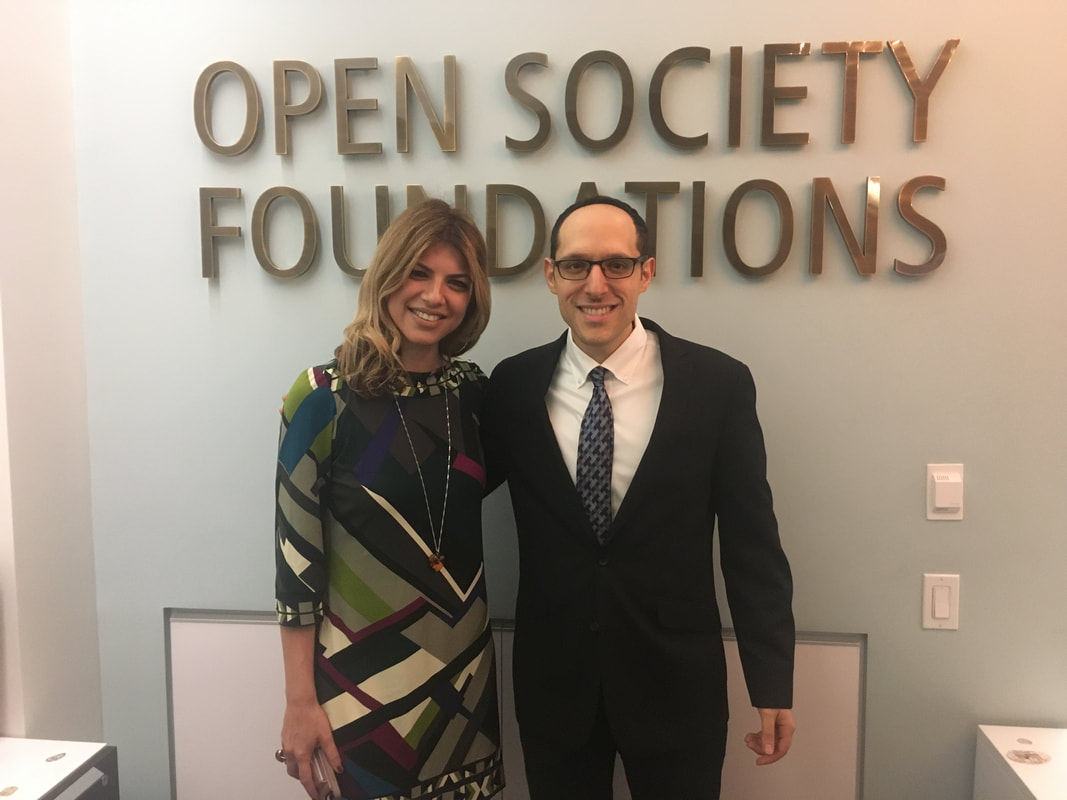
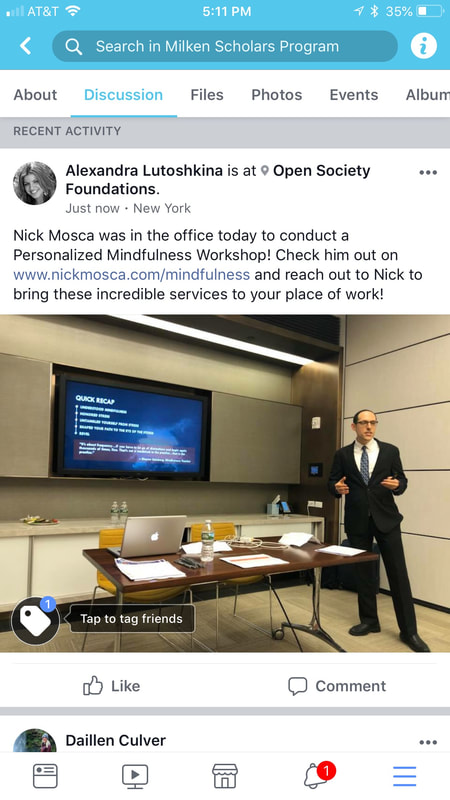
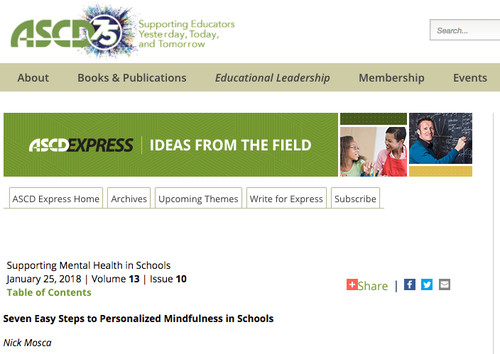
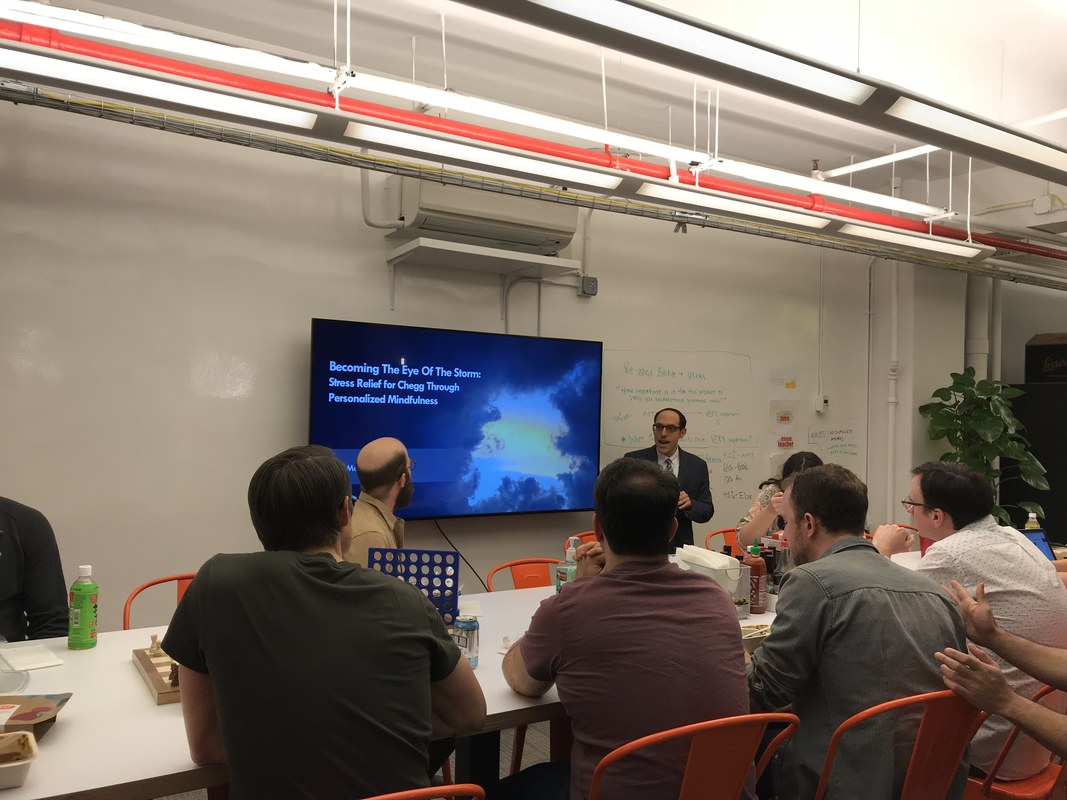
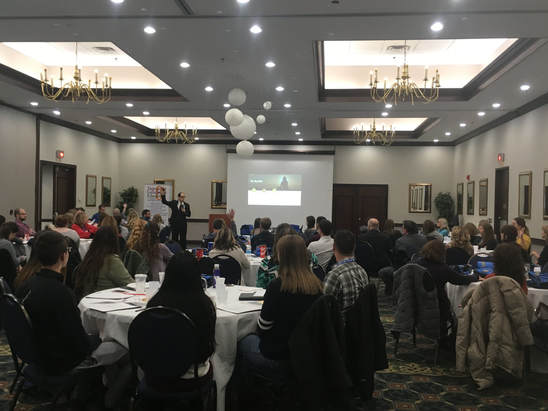
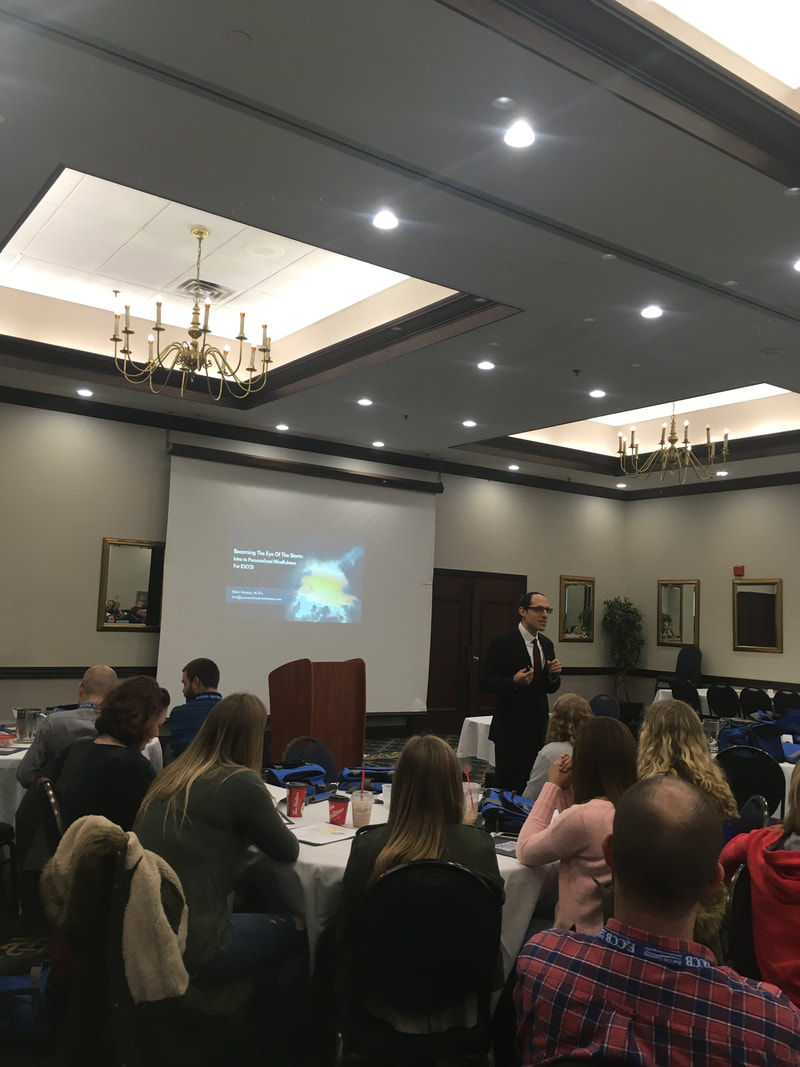
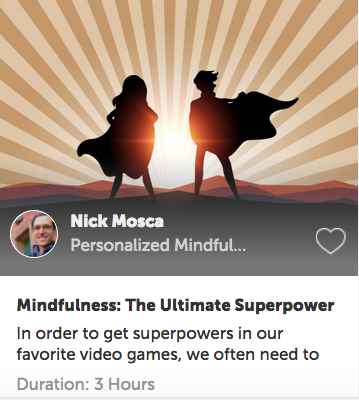
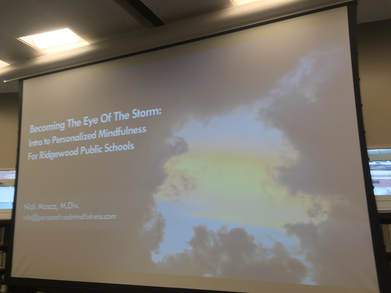
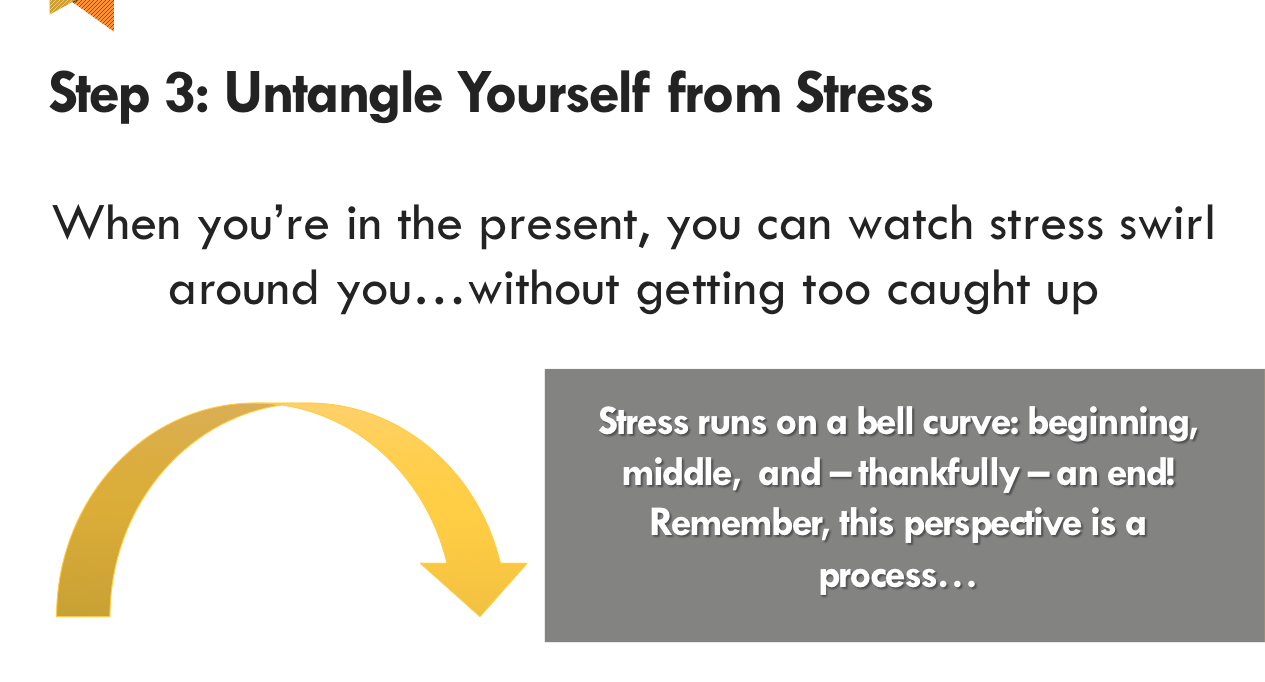

 RSS Feed
RSS Feed